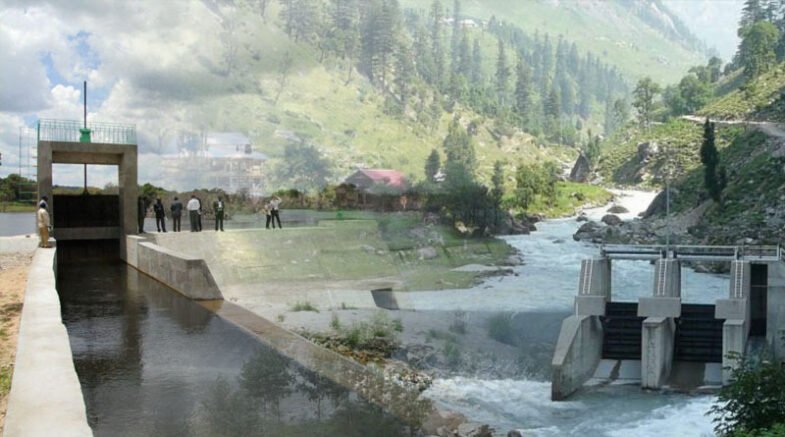The green economic development of Pakistan is receiving a boost from China-Pakistani small hydropower cooperation.

When small-scale hydropower is developed and integrated into the national power grid, it can not only reduce local residents’ electricity consumption but also help to grow the local economy, raise local taxes, and control the ecological climate. The green economic development of Pakistan is receiving a boost from China-Pakistani small hydropower cooperation.
In a recent interview with China Economic Net, Herobos Technology Group chair Wang Chunping expressed the aforementioned opinions. Heroboss Technology primarily collaborates in science and technology with the Pakistani Ministry of Science and Technology as well as regional energy institutes.
The China-Pakistan Small Hydropower Joint Research Center is in charge of establishing the S&T cooperation platform between the two nations, connecting the joint discussions of Chinese state-owned enterprises in Pakistan, and promoting integrated S&T development.
As part of the “Belt and Road Initiative,” the China-Pakistan Small-scale Hydropower Technology Joint Research Center is one of the initial groups of joint laboratories. Five meetings have been held since the start of 2021, and a consensus has been reached on small hydropower development as a result of the “Belt and Road” joint laboratory on small hydropower technology between China and Pakistan.
Eighty percent of the equipment donated by China has arrived, and the energy exhibition hall has been finished. Additionally, it helped compile pertinent regulations for small hydropower projects in Pakistan and finished studies for the development of a number of small hydropower projects.
In order to help the Iron Brother develop more quickly and effectively, Tan Bixuan, project manager of the CGGC DASU hydropower project in Pakistan and consultant for the research centre, stressed that the centre is willing to carry out all technology transfer within the parameters of national permits.
He said, “Recently, we held a joint discussion with major enterprises involved in BRI on how to fully exploit them to achieve more technological transformation.” Hydropower projects funded by the China-Pakistan Economic Corridor are currently underway in Pakistan.
Wang contends that smaller hydropower projects are more beneficial to the economic growth of underdeveloped mountain regions than larger hydropower initiatives. With a partial annual water flow of 50 m3/s, a significant height difference, and a length of one kilometre, 60% of Pakistan’s rivers are tributaries, allowing for multi-stage small hydropower development in the context of the local environment.
One of the nations most severely impacted by climate change is Pakistan. Numerous rounds of rainstorms have been hitting different Pakistani provinces since mid-June 2022, severely flooding the area.
Tan thinks that S&T should be applied to combat climate change and aid in the post-disaster reconstruction of Pakistan. “We are actively researching and collaborating on mobile solar power houses, mobile energy storage systems, and mobile communications for post-disaster reconstruction.
Additionally, there is plenty of room for cooperation between China and Pakistan in the area of renewable energy, including hydropower including small-scale hydropower development in the northern mountains), urban waste power generation, solar power generation, hydrogen energy, air storage, etc., “said Tan.
